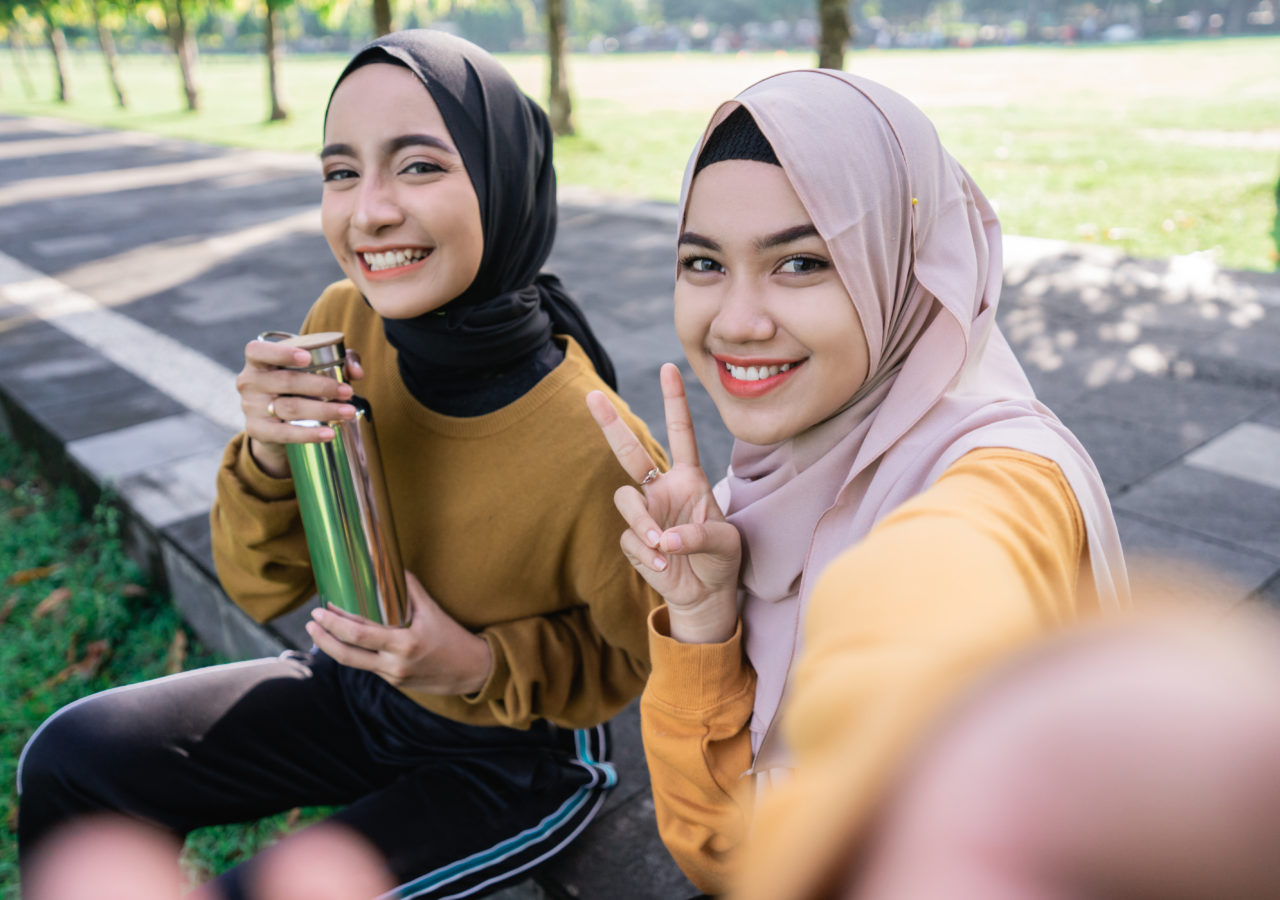Parents can play a crucial role in promoting understanding and reducing bullying related to hijab in schools, particularly on World Hijab Day

Introduction:
The 1st February is celebrated each year as World Hijab Day. The hijab, a modest dress code for Muslim women, holds a significant place in Islam. Beyond being a piece of clothing, it is seen as a divine mandate from Allah, guiding Muslim women to adhere to a path that combines spirituality, modesty, and strength. In this article, we will explore why women wear the hijab in Islam, focusing on its significance as an order from Allah. We will also discuss the social and spiritual advantages of wearing the hijab, how it redefines beauty, and offer advice for parents on promoting understanding, empowerment, and reducing bullying in schools, usually rooted in ignorance and intolerance. Additionally, we will highlight that the concept of modest dress is not unique to Islam, as many faiths enforce similar codes during religious events or holy visits.
I. The Divine Mandate:
The hijab is first and foremost an act of obedience to Allah’s command. In the Quran, Allah instructs Muslim women to wear the hijab as a means of modesty and protection: “And tell the believing women to reduce [some] of their vision and guard their private parts and not expose their adornment except that which [necessarily] appears thereof…” (Quran 24:31). It is essential to recognize that wearing the hijab is a choice made in devotion to Allah, symbolizing a woman’s commitment to her faith.
II. Social Advantages of Hijab:
A. Modesty and Respect:
The hijab serves as a visible symbol of a woman’s commitment to modesty and self-respect. By wearing it, Muslim women express their desire to be recognized and valued for their intellect, character, and contributions, rather than their physical appearance.
Contrary to misconceptions, wearing the hijab empowers Muslim women by allowing them to assert control over their own bodies and how they are perceived. It liberates them from societal pressures to conform to unrealistic beauty standards, promoting a sense of self-confidence and identity.
B. Fostering Respectful Interactions:
The hijab encourages respectful interactions by redirecting focus away from physical attributes and towards meaningful connections. This can lead to more genuine and respectful relationships, breaking down stereotypes and prejudices.
III. Spiritual Advantages of Hijab:
A. Spiritual Connection:
The hijab is a constant reminder of one’s faith and commitment to Allah. It creates a spiritual connection, allowing Muslim women to feel closer to their Creator as they navigate their daily lives.
B. Inner Beauty:
By wearing the hijab, women reframe the concept of beauty. It shifts the focus from external appearances to inner qualities, emphasizing the importance of kindness, compassion, and character over physical attributes.
C. Acts of Worship:
Wearing the hijab is considered an act of worship in Islam. It is a continuous expression of devotion and a way to accumulate spiritual rewards.
IV. Promoting Understanding and Reducing Bullying in Schools:
Parents can play a crucial role in promoting understanding and reducing bullying related to hijab in schools, particularly on World Hijab Day:
A. Education:
Encourage schools to incorporate educational programs about the hijab and its significance in Muslim culture. This can include presentations, discussions, and workshops to increase awareness and foster tolerance.
B. Celebrating Diversity:
Promote the celebration of World Hijab Day in schools, where students and staff are encouraged to wear hijabs for a day to experience the perspective of hijab-wearing individuals. This can foster empathy and reduce misunderstandings.
C. Open Dialogue:
Encourage open dialogue between parents, teachers, and school administration to address any concerns or incidents of bullying related to the hijab. Collaborative efforts can lead to a safer and more inclusive school environment. A template is shared below to write to your school, shared by a kind Muslim parent who achieved great success with it. The school marked World Hijab Day 2023 through assemblies and a book reading on hijab in every class.
V. Commonality with Other Faiths:
It is important to note that the concept of modest dress is not unique to Islam. Many faiths enforce dress codes or require modest head coverings, especially when visiting holy places or during religious events. Recognizing these similarities can promote interfaith understanding and respect.
Conclusion:
The hijab in Islam is more than just a piece of clothing; it is a divine mandate, a symbol of modesty, empowerment, and spiritual devotion. Understanding its significance can lead to greater respect and tolerance in our diverse society. By promoting education, celebrating diversity, and fostering open dialogue, parents can contribute to creating a more inclusive environment in schools and communities. Additionally, acknowledging the commonality of modest dress codes in various faiths can further promote interfaith understanding and harmony.
Letter template ahead of world Hijab day:
Dear Headteacher,
As you may or may not be aware, 1st February is celebrated around the world as World Hijab Day.
I am always impressed by the school’s enthusiasm to highlight and celebrate the cultural diversity you have within the school, and how you embrace different religions and cultures through artworks, special assemblies, themed lunch menus, etc.
(Insert School) has a large Muslim population, with many of the girls already wearing the Hijab proudly from a young age. As such, I wanted to request if it is possible for you to mention this event to the children during assembly, or in the classrooms, and remind them that as well as Islam, many religions incorporate the headscarf as a sign of purity and modesty, including Orthodox Jews, Christian nuns, and well known personalities such as the blessed Virgin Mary and Mother Teresa.
I look forward to hearing from you,
Kindest regards,


